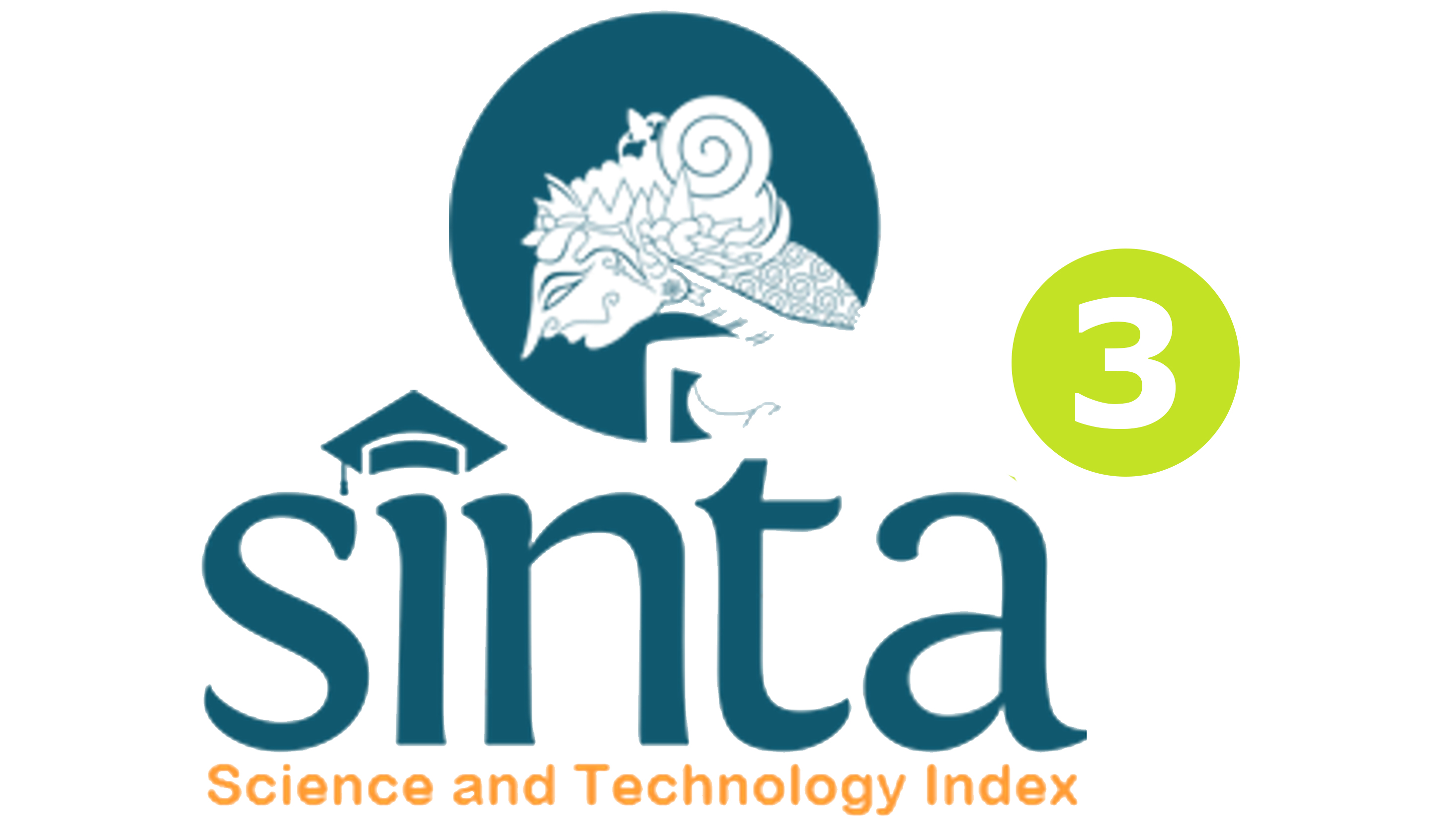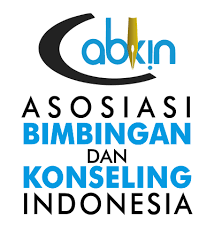EFEKTIVITAS MODEL KONSELING BEHAVIORAL DENGAN TEKNIK ROLE PLAYING DAN TEKNIK MODELING TERHADAP SELF SUCCORANCE PADA SISWA KELAS X SMA LABORATORIUM UNDIKSHA SINGARAJA.
DOI:
https://doi.org/10.23887/jibk.v5i1.7836Abstract
Penelitian ini merupakan penelitian semu yang bertujuan untuk mengetahui efektivitas teknik Role Playing dan teknik Modeling model konseling Behavioral terhadap Self Succorance siswa. Proses pengumpulan data dalam penelitian ini menggunakan lembar observasi, lembar wawancara, buku harian dan kuesioner Self Succorance Metode analisis data yang digunakan adalah deskriptif kualitatif dan deskriptif kuantitatif (t-test). Hasil penelitian ini yaitu treatmen kelompok eksperimen I dengan kelompok kontrol didapatkan perbedaan = 9,71 > = -0,13 dimana t hitung = 8,16 > t tabel 2,003. Kelompok eksperimen II dengan kelompok kontrol menghasilkan = 3,14 > =0,13 dimana t hitung = 4,47 > t tabel =2,003. Treatmen teknik Role Playing dan teknik Modeling model konseling Behavioral didapatkan perbedaan = 9,71 > = 3,14, dimana t hitung = 5,15 > t tabel = 2,005 dan F = tidak homogen. Dari hasil penelitian ini, dapat disimpulkan bahwa teknik Role Playing dalam model konseling Behavioral efektif terhadap Self Succorance siswa kelas X5 SMA Laboratorium Undiksha Singaraja. teknik Modeling dalam model konseling Behavioral efektif terhadap Self Succorance siswa kelas X4 SMA Laboratorium Undiksha Singaraja, terdapat perbedaan efektivitas teknik Role Playing dan teknik Modeling model konseling Behavioral terhadap Self Succorance siswa SMA Laboratorium Undiksha Singaraja dimana teknik Modeling lebih efektif terhadap Self Succorance siswa.Kata Kunci : Model Konseling Behavioral , Teknik Role Playing, Teknik Modeling, Self Succorance Siswa
This research is the Quasi Research that purpose for know effectivenees of the technique Role Playing and counseling Behavioral model toward the student’s Self Succorance. Proces of accumulation data in this research use the observation of paper, the interview of paper, the activity book and the Self Succorance kuesioner. Analysis Method of data that used is deskriptif kualitatif and deskriptif kuantitatif (t-test). The treatmen ini the group of eksperiment I with the group of control is resulted to be differen = 9,71 > = -0,13 with t arithmetic = 8,16 > t table = 2,003. Experiment group II with the group of control is resulted to be differen = 3,14 > where t arithmetic = 5,15 > t table =2,005. And F = not homogeneus. of the results of this study, it can be concluded that the technique Role Playing in Behavioral counseling model is effective against Self Succorance hight school student X5 class laboratory Undiksha Singaraja. Modeling techniques in Behavioral counseling model is effective against X4 Self Succorance granders Singaraja Undiksha Laboratory high school, the difference in the effectiveness of the thechnique Role Playing and counseling models Behavioral modeling techniques to Self Succorance Laboratory hight school student Undiksha Modeling Singaraja where the technique is more effective against Self Succorance student.
keyword : Counseling Behavioral Model,Role Playing, Modeling Technique, Student’s Self Succorance
Published
Issue
Section
License
Jurnal Ilmiah Bimbingan Konseling Undiksha is an Open Access Journal. The authors who publish the manuscript in this journal agree to the following terms:
JIBK is licensed under a Creative Commons Attribution 4.0 International License. This permits anyone to copy, redistribute, remix, transmit and adapt the work provided the original work and source is appropriately cited.
This means:
Jurnal Ilmiah Bimbingan Konseling is licensed under a Creative Commons Attribution 4.0 International License.
(1) Under the CC-BY license, authors retain ownership of the copyright for their article, but authors grant others permission to use the content of publications in JIBK in whole or in part provided that the original work is properly cited. Users (redistributors) of JIBK are required to cite the original source, including the author's names, JIBK as the initial source of publication, year of publication, volume number, issue, and Digital Object Identifier (DOI); (2) The authors are the copyright owner of the article, and the author grants the JIBK held the first publication right.









.png)

.jpg)

